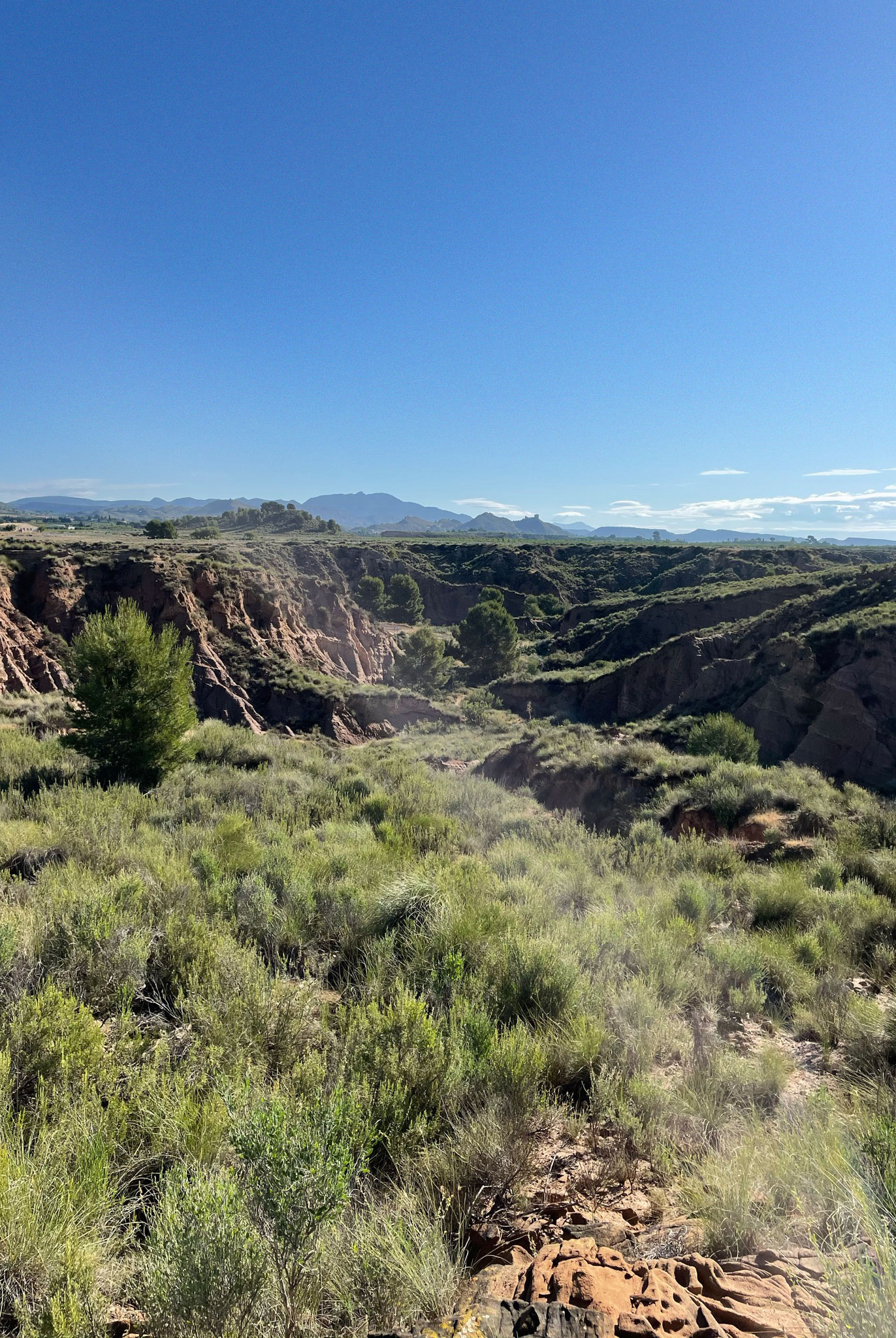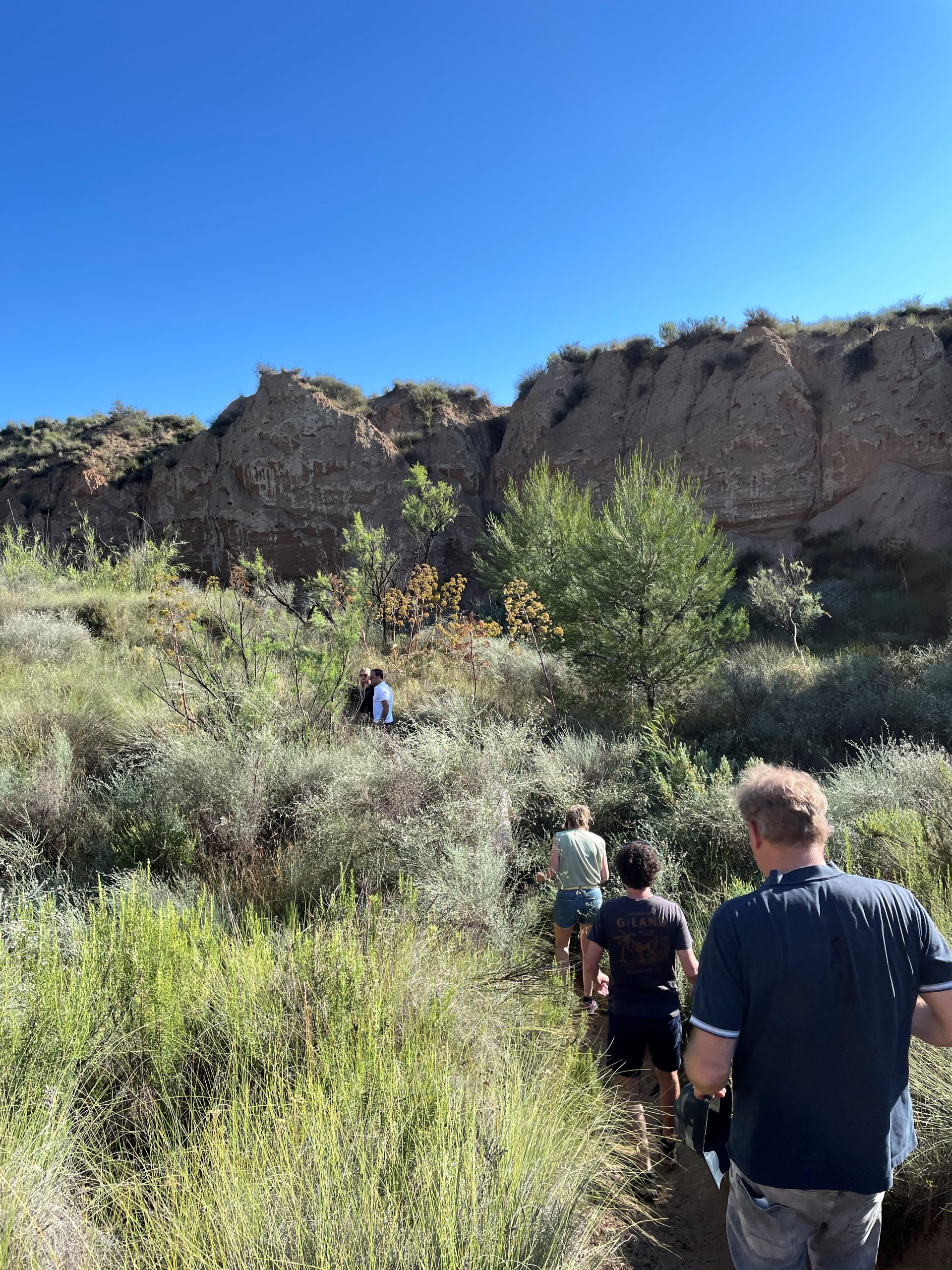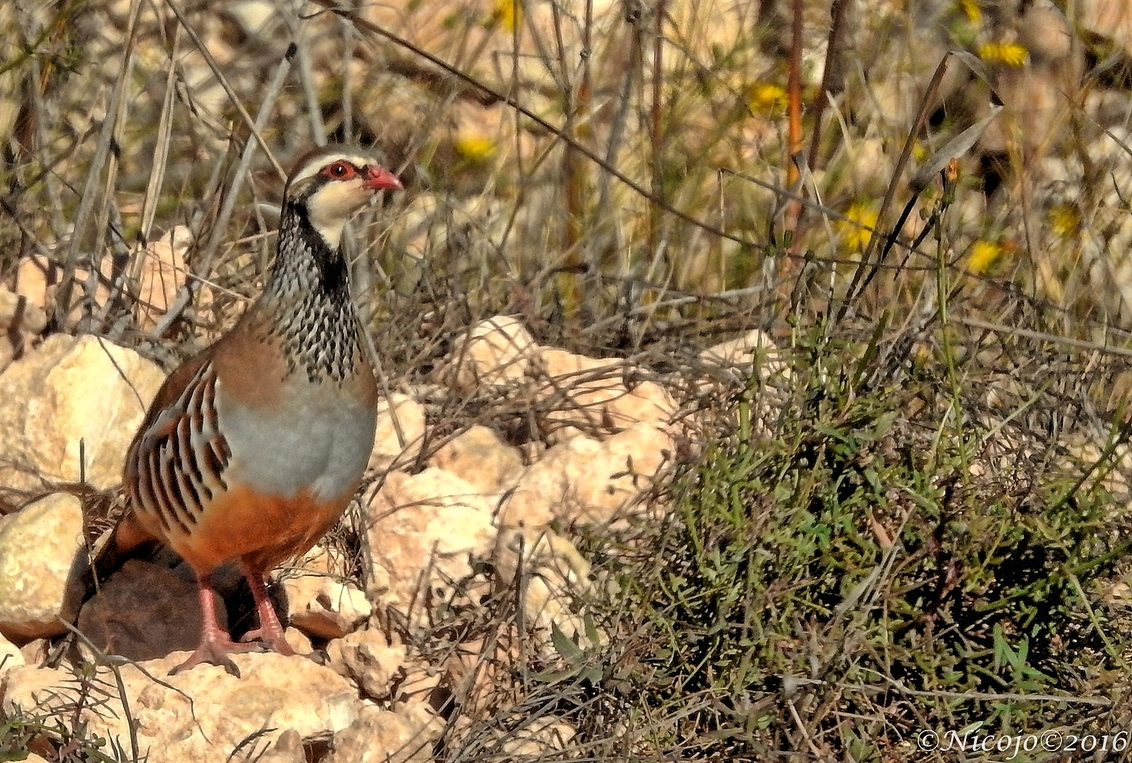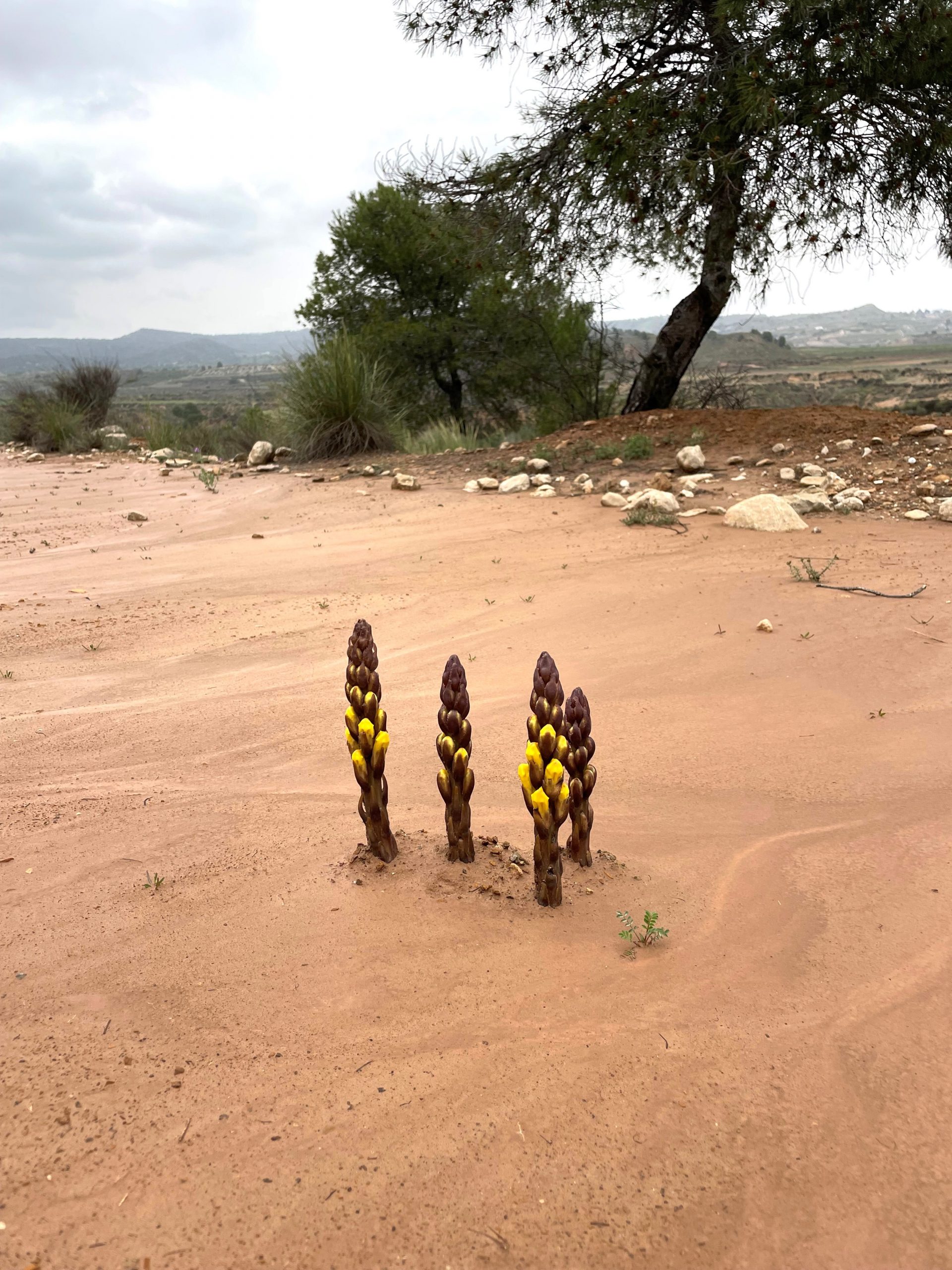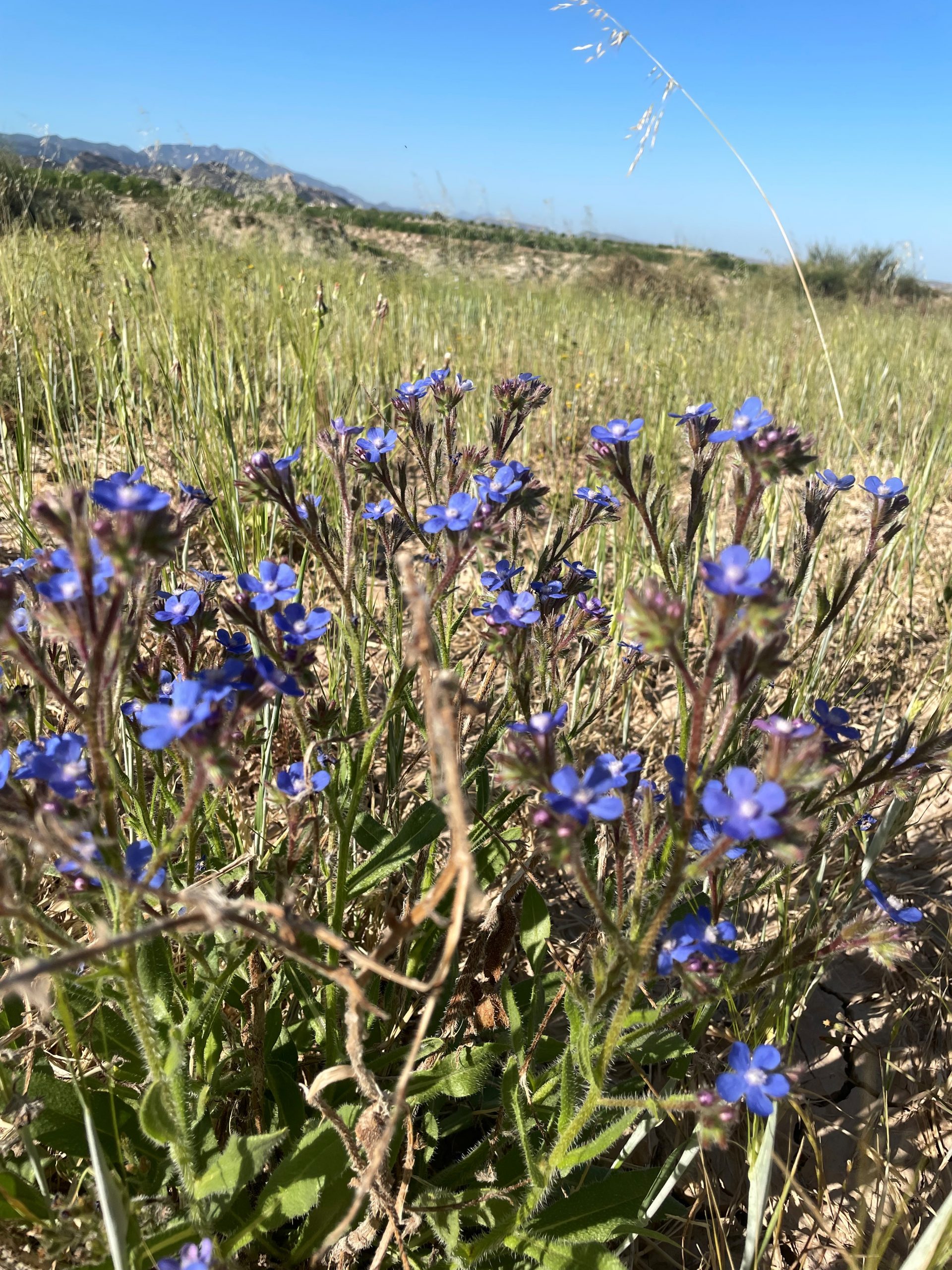In November 2023 the Climates Foundation planted the first 300+ fruit trees for our foodforest. The 3 hectares near the finca have been selected for this form of regenerative agriculture, of which the first 2000m2 of land now has been upgraded with a wide variety of species of edible trees and shrubs.
A foodforest is a vital ecosystem designed by humans following the example of a natural forest with the aim of producing food. Distinguishing features of a food forest are: a vegetation layer with high canopy trees, at least three other vegetation layers, a rich soil life and a robust size. A well-designed foodforest is diverse, sustains itself and is home to countless organisms large and small. Food forests can play an important role in today’s society in transition. They offer the opportunity to grow healthy fruit and nutritious greenery in abundance, to combat soil degradation and erosion and to eliminate agricultural pesticides and the use of fertilizers.
By creating a foodforest we want to show that nature-inclusive agriculture, or must we say agriculture-included nature, can be practiced even in the harsh conditions of southern Spain.
Because this is only the beginning of a bigger plan not only did we plant species that are common in Mediterranean climate but also some species that are more experimental for this area. By using permaculture techniques we try to improve soil conditions so even these trees can flourish. For instance, we apply organic matter to encourage soil life and dig swales to collect rainwater and retain it in the soil. We also make use of Groasis waterboxes to grow our most vulnerable fruit trees in. Doing so we can observe and learn what works and what does not before planting a much bigger area in the years to come.
Examples of trees we planted in our foodforest:
- Pistachio tree (Pistasia vera)
- Pomegranate (Punica granatum)
- Sweet cherry (Prunus avium)
- Walnut (Juglans regia)
- Hazel (Corylus avallana)
- Mango (Manguifera indica)
- Date palm (Phoenix dactylifera “Iberica”)
